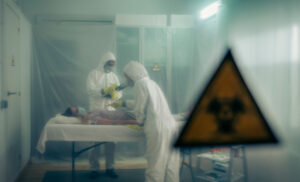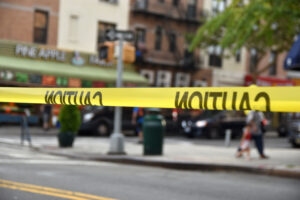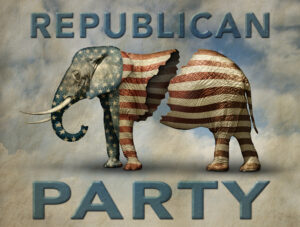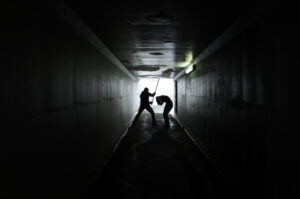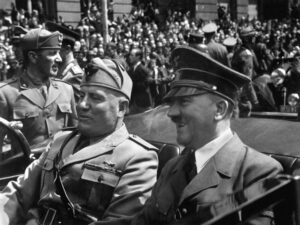In the late 1960s Northern Ireland was torn by factional violence between Catholic Nationalists and protestant Unionists. After two rioters were shot dead by soldiers in July 1971, the IRA stepped up its campaign. On August 9 internment was introduced and demonstrations banned. Disorder raged throughout the province and more than 30 soldiers had been killed in IRA attacks by the end of the year. Some of the worst fighting was in Derry (or Londonderry to the Unionists), a border city with a Catholic majority and a long history of anti-British sentiment. The IRA barricaded Derry, establishing no-go areas for the British Army and the RUC.
The Northern Ireland Civil Rights Association organized a protest in Derry against internment and on January 30 a cheerful crowd of some 15,000 left the Creggan area. The route was diverted from the city center and the march continued down Creggan Hill to Free Derry Corner in the Bogside. A group of youths crossed the barricades, hurling abuse and stones at British troops who dispersed them with tear gas, water cannon and rubber bullets. Soldiers of the Parachute M Regiment then moved in to make arrests but within minutes bullets were flying; the soldiers had opened fire on the demonstrators. Several were shot in the back as they fled.
Anglo-Irish relations hit rock bottom! An inquiry was conducted by Lord Justice Widgery, which promptly discounted all eye-witness statements and upheld the official version of event – that the paratroopers had reacted to gunfire and nail bombs. The Widgery Tribunal was never accepted by the people of Northern Ireland, who demanded further investigation. Eventually, in January 1998 the Saville Inquiry was set up by Prime Minister Tony Blair to re-examine Bloody Sunday. The inquiry still hasn’t made its report. The latest estimate for publication was March 2010.
When: January 30 1972
Where: Deny, Northern Ireland, UK
Death toll: 13 dead, 13 injured (one of whom died later).
You should know: Some of the most outstanding public art in the world was created as a result of Bloody Sunday. The Bogside Artists collective painted the ‘People’s Gallery’ -12 giant murals depicting the Troubles and Bloody Sunday on the walls of the houses along Rossville Street in the heart of Bogside. They are intended as an enduring memorial and an uplifting message of hope for the future.









